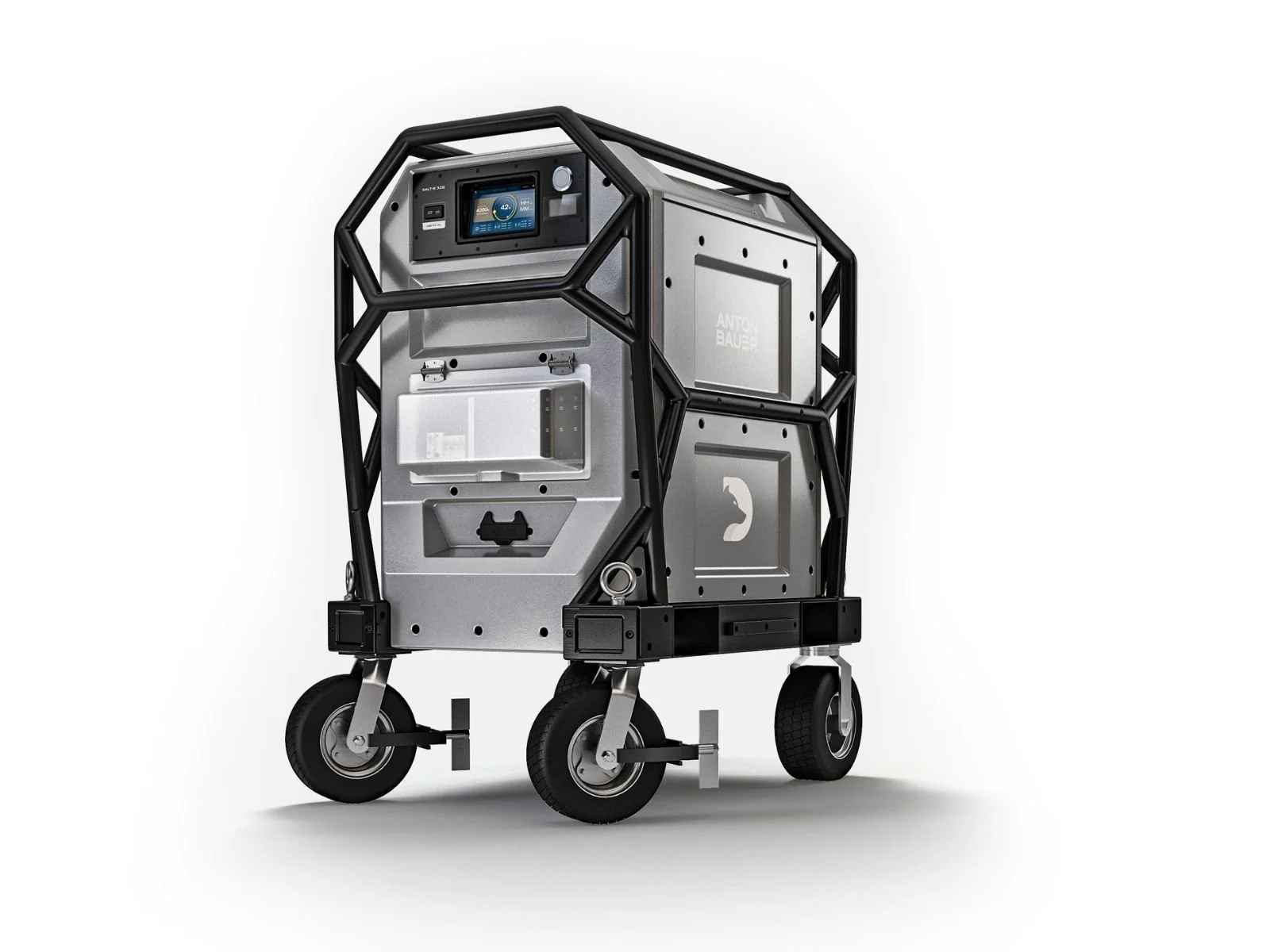REDUCING OUR IMPACT
We have spent several years developing an ecological roadmap that we hope will inspire change across the industry. We continue to ideate new concepts and products with the ultimate goal of making a difference. Below is a brief outline of our roadmap, and we would be more than happy to discuss any of our projects in person. Do not hesitate to get in touch.
Phase 1: Data-driven change.
As we worked to implement industry-wide initiatives we noticed a lack of data in regards to the impact of the electrical department. Very little data existed on the changes we were making and we understood that the first step to make lasting change is to measure its impact. We started closely monitoring our power consumption and CO2 generation across not only fixtures being powered by our generator, but all aspects of our department including vehicles, ‘house power’, and battery-powered lamps.
We are still in the early stages, but we have already noticed trends such as the impact of transport greatly outweighing that of lamp consumption which brings into question the use of large battery power stations and the continued impact of energy generation in Ireland. On request, we are happy to provide a detailed power consumption report on a daily, weekly, or project basis.
We are additionally investing in developing proprietary hardware that would provide us with more granular data including the power consumption of specific types of lamps and their impact compared to alternatives. We would love to discuss this R&D project with you in more detail.
Phase 2: Low-voltage battery distribution.
We have been observing a continued trend in the adoption of battery technology in film lighting. Currently, the use of lithium-ion cells has several drawbacks such as cost, weight, and inherent safety concerns with their use in high-risk environments. We do however see growth in the use of sodium-ion and other technologies that should provide a safe, scalable alternative.
As Ireland’s national grid consumption grows exponentially due to the premature adoption of EVs it is improbable that we will see a reduction of carbon impact in the production of the nation’s electricity supply. In the next couple of years, we hope to replace our diesel generator with a large battery solution, which we hope to combine with a solar array to ensure a certifiable source of green power to location-based productions.
Furthermore, a large number of battery solutions on the market today utilise an inverter to generate 230V AC current from their 48V DC cells. LED fixtures then convert this AC current back to 48V DC through a ballast. This inefficient DC to AC to DC journey is projected to lose ~25-35% of power, which is why we are eagerly following the development of safe 48V distribution solutions from our partners.
Phase 3: Lasting approach.
The final phase of our current roadmap is in large part a philosophical one. Its focus is on changing the way we approach common lighting challenges and requires a buy-in from all parties. As new lamps enter the market, they aim to replace existing units but will never be a true 1:1 replacement. We are excited to see how these new technologies will be used, and we understand that we need to support the creatives in adapting to them.
This is even more critical in regards to responsible use of resources. We are working on a hardware prototype that would remotely dim all available fixtures when idle, as our preliminary data suggests this could provide up to 30% reduction in power consumption. It is these hard-to-implement ideas and changes that can have the most impact. We are happy to discuss these ideas and others in-depth, so do not hesitate and get in touch.
The common sense approach.
On top of our long-term commitment to finding solutions, we take part in existing industry-wide initiatives that have been shown to reduce the impact of both carbon emissions and non-degradable waste.
Phase out of Tungsten & HMI
As LED technology continues to grow we have been at the forefront of using the latest equipment in order to reduce the environmental impact of high powered tungsten and HMI fixtures.
Among the latest additions are the new SkyPanel X fixtures from ARRI which are an efficient replacement for some traditional HMI fixtures while boasting a full color spectrum and a range of hi-tech features.
Renewable HVO Fuel
Hydrotreated Vegetable Oil (HVO) is a low-carbon biofuel alternative to traditional diesel. As many companies strive to reduce their diesel emissions we too have incorporated HVO into our operations.
Our diesel generator is fully compatible with HVO fuels and we are happy to work with productions to help reduce emissions where a diesel generator is required.
Reduce. Reuse. Recycle.
We have implemented policies ensuring efficient use of all materials, especially consumables. With the introduction of full spectrum LED lamps we have seen a slow phase-out of colored gels and we maximise the usage of other diffusion materials.
We have also been proudly utilising our workshop to rehouse and repurpose old lamps and fixtures to grow out library of practical lamps.




